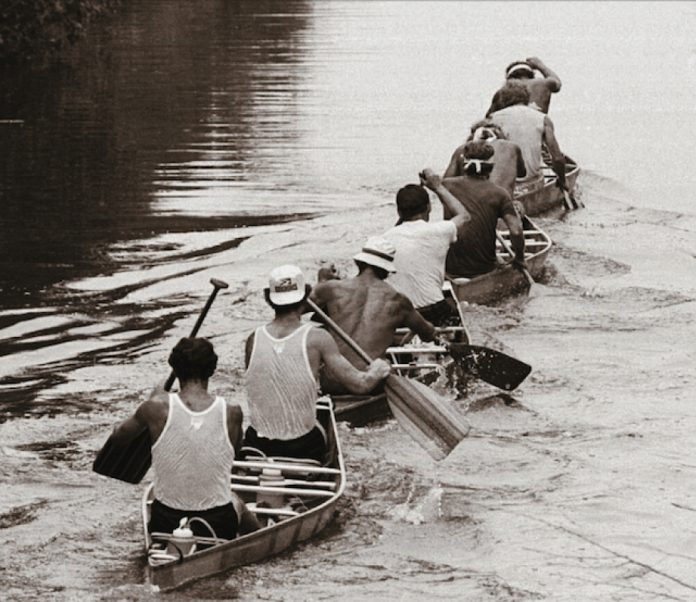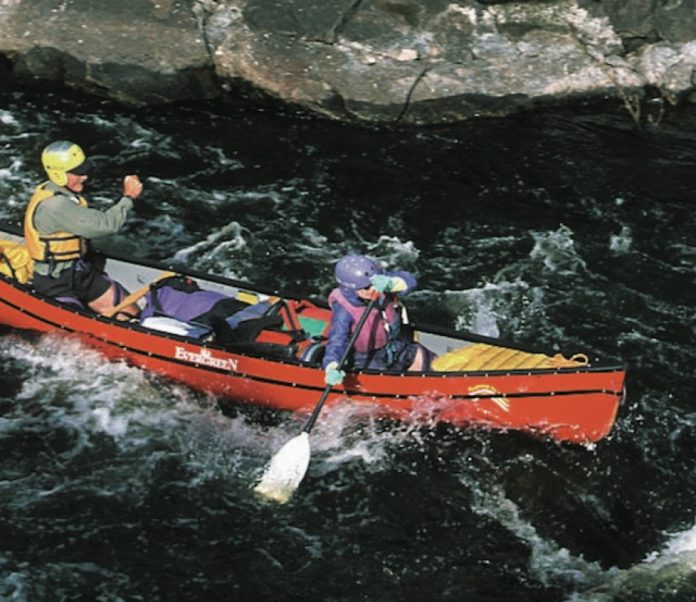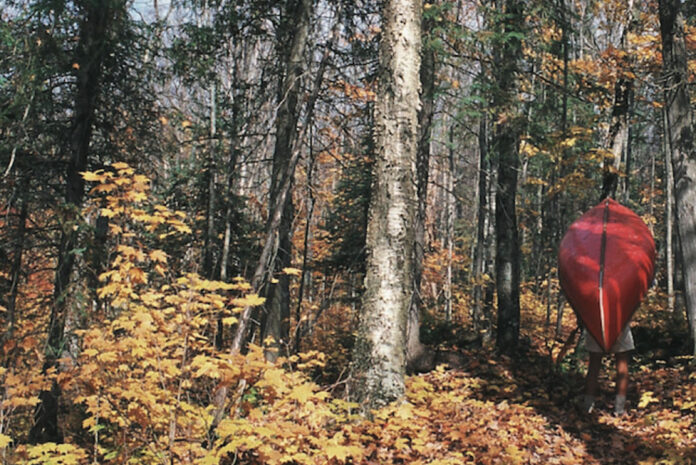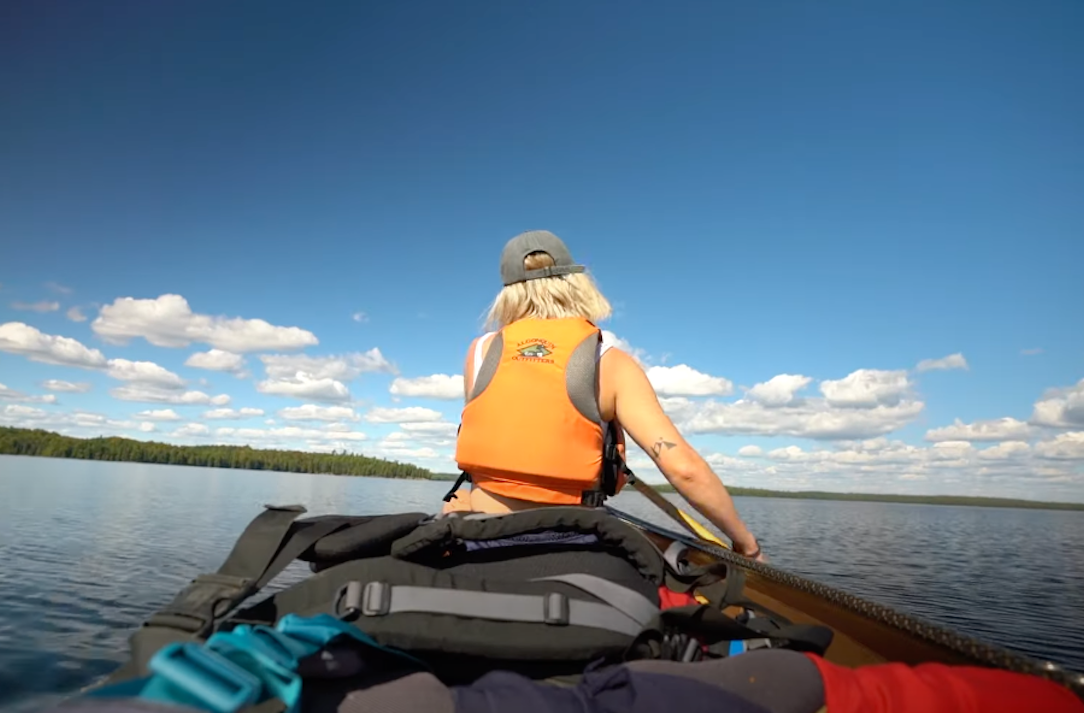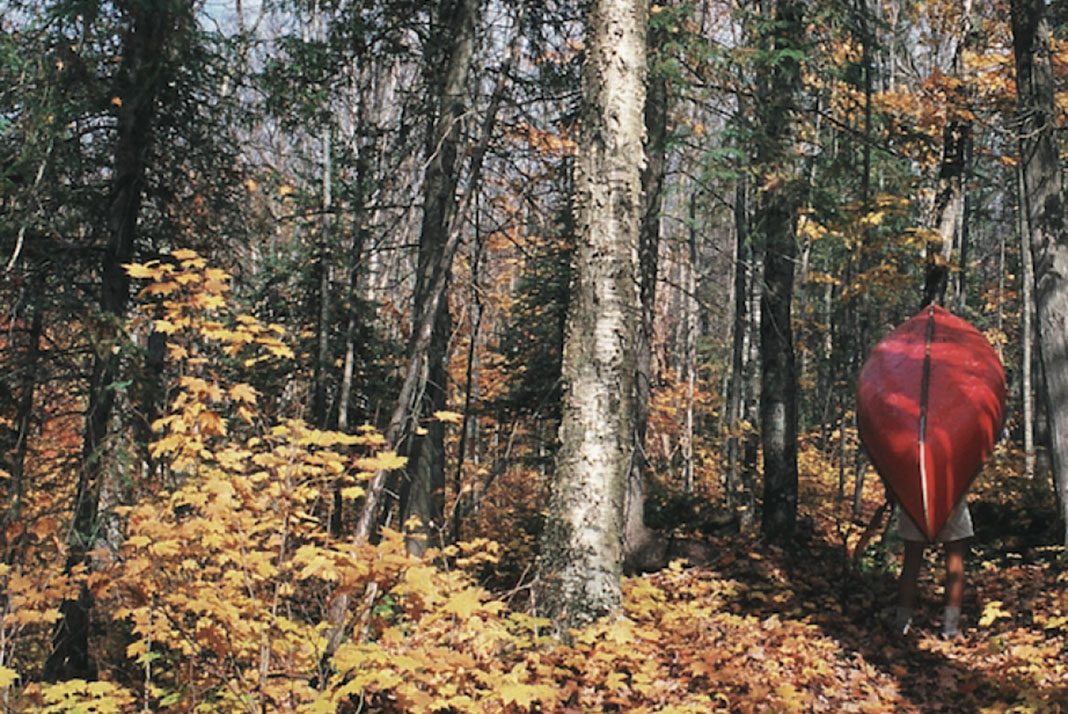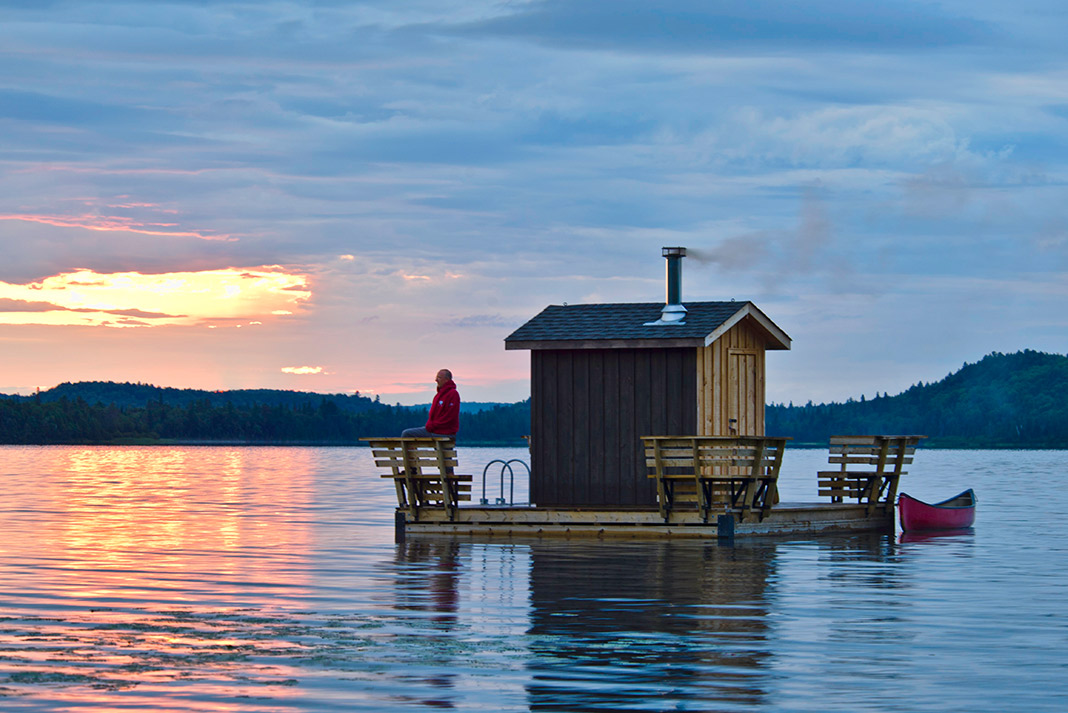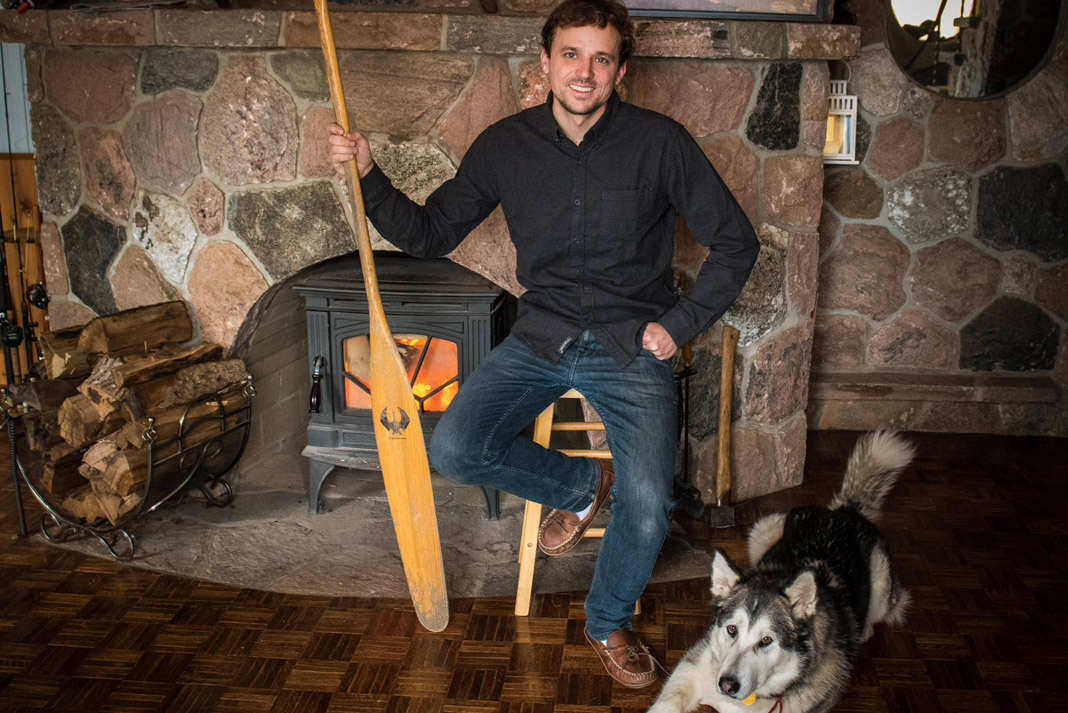For the ’93 World Freestyle Championships, guys like Mark Scriver and Paul Mason were taking knives to perfectly good Dagger Ocoees. It was a dodgy process of cutting out the most stable, middle foot of the boat and then bonding the two ends back together, hoping to get the rocker profile just right. Even with a coat of paint the boats looked brutal. Although not pretty, the “cut downs” were a work of art. Scriver and Mason had taken a Franky Hubbard/Dagger-designed Ocoee and turned it into a boat that reacted quickly, initiated more easily and could run tighter stuff. They had created the backwoods version of the new Pyranha Prelude.
The hull story
The most significant difference between the hull of the Prelude and any other “real” open boat is that it’s made of kayak plastic—polyethylene—like the more rodeo-specific canoes such as the Pyranha Spanish Fly and the now defunct Dagger Quake and Aftershock. Open canoeists can now seal-launch and rock 360 with the same carefree attitude as kayakers.
The Ocoee is most similar to the Prelude and is a good starting point for a comparison. The Prelude measures almost two feet shorter at 9’5”. Much like the earlier cut-down Ocoees the length was taken out of the middle rather than the bow and stern. What you are left with is a super-short, extremely rockered little craft—we haven’t seen continuous rocker like this since the Dagger Profit. Pyranha narrowed the Prelude to about 27 inches, but the most significant measurement is the bottom between the chines. A stock Ocoee is about 26.5 inches wide, flat-bottomed ending in a hard chine; the Prelude’s bottom is only 23 inches wide and rounder with softer chines and more flare. The mathematical differences result is a much livelier boat.
Pyranha Prelude Specs
Length: 290cm / 9.5 ft
Width: 68cm / 27 in
Weight: 22kg / 48.4lbs
MSRP: $2,085 CDN
pyranha.com
Climbing in
The Prelude initially feels very unstable, especially while getting into Pyranha’s foam pillar bulkhead system. Once settled, you realize that your knees are closer together than you’re used to and the boat is much more nimble. You may want to carve out the foam-padded walls locating your knees further apart for more control. The Prelude snaps from tilt to tilt catching its secondary stability just below the gunwales.
A few strokes forward and you’ll notice its short length, but more so its extreme rocker. If you’re not smooth with your forward strokes—using torso rotation—it’s easy to rock the Prelude front to back instead of driving it forward. Play around with the seat placement before you commit to its location—try slightly forward of the traditional seven inches behind centre. Set the seat too far back in the Prelude and it tends to wheelie with every forward stroke. Outfitted properly, the Prelude’s quick edge-to-edge transfer and nimbleness is both inspiring and unnerving.
Down river
At just over nine feet, the Prelude still paddles like a real open canoe. It shines in tight and technical rivers and creeks where one or two strokes is enough to boost you out of an eddy for a short ferry and then over a drop. It is quite a bit slower than a full-sized Ocoee, which is more noticeable in the flat stretches than in the whitewater. It surfs well, so you can compensate for the lack of hull speed by strategically using the water, surfing the troughs.
The Prelude’s hard chines will carve a nice turn but to keep it carving without spinning you need to fight the spin momentum with a stern draw or cross bow stern draw. The Prelude spins so quickly, you seldom need to stick an eddy turn with an offside tilt. If you must, the semi-hard chine will engage and stop you dead in your tracks. Offside tilts are more useful for quick mid-current changes in direction.
The Prelude’s extreme rocker makes it a boofing machine. With a strong forward stroke, a bit of a hip thrust and knee lift, this boat sails over drops and across small holes. The bow rides up and over crashing waves and holes as the flare sheds a good deal of the water, keeping you fairly dry.
Rolling from your offside is a bit tricky. When upside down, the Prelude tends to rest to one side or the other. If you happen to go over on your offside you’ll have to resort to the underwater ballet of getting it to turtle to your rolling side. Once you’re set up, the Prelude snaps upright far more quickly than a full-sized open canoe. After a roll, the Prelude’s included full-length bags, saddle and foam walls displace enough water that it is almost a pleasure to paddle to shore, not to mention quite a bit more stable.
Prelude to fun
Open boaters who are bored with their existing boats and are willing to venture into a sportier package should climb into a Prelude. It paddles like a real open canoe but takes advantage of polyethylene, so we can scuff it up without tearing into layers of ABS. The Prelude is extremely responsive, quick turning and still tracks reasonably well, but unlike with the cut-down Ocoees the only cutting and pasting you need to do is fine tuning and anchoring the outfitting.
This article originally appeared in Rapid‘s Winter 2002 issue. Subscribe to Paddling Magazine’s print and digital editions here, or browse the archives here.



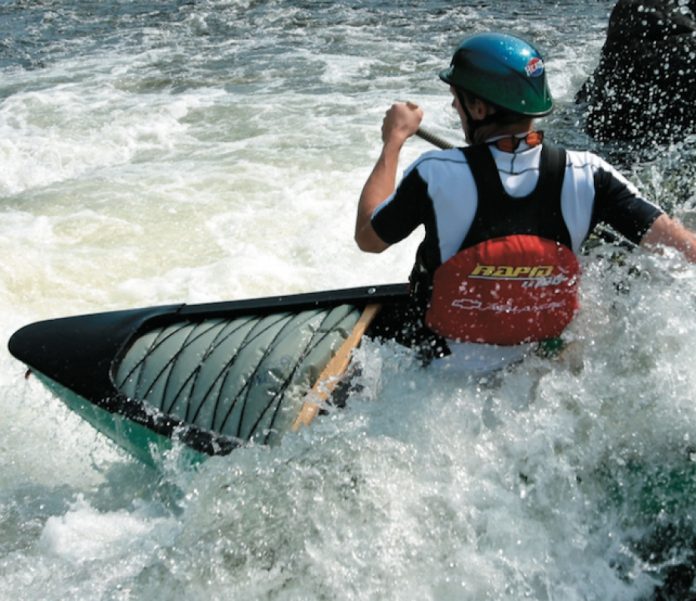
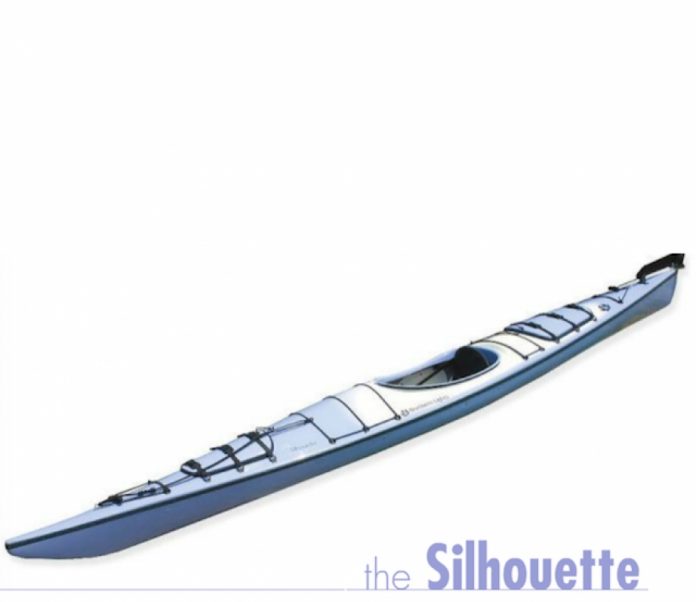
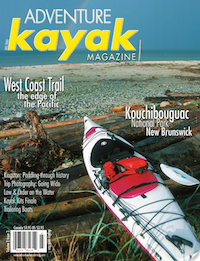 This article first appeared in the Fall 2002 issue of Adventure Kayak magazine. For more boat reviews, subscribe to Adventure Kayak’s print and digital editions
This article first appeared in the Fall 2002 issue of Adventure Kayak magazine. For more boat reviews, subscribe to Adventure Kayak’s print and digital editions 
 This article first appeared in the Fall 2002 issue of Adventure Kayak magazine. For more boat reviews, subscribe to Adventure Kayak’s print and digital editions
This article first appeared in the Fall 2002 issue of Adventure Kayak magazine. For more boat reviews, subscribe to Adventure Kayak’s print and digital editions 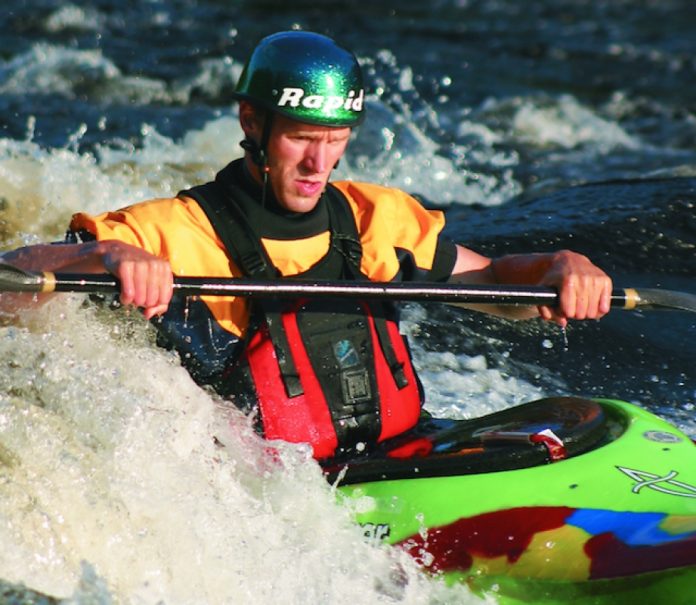
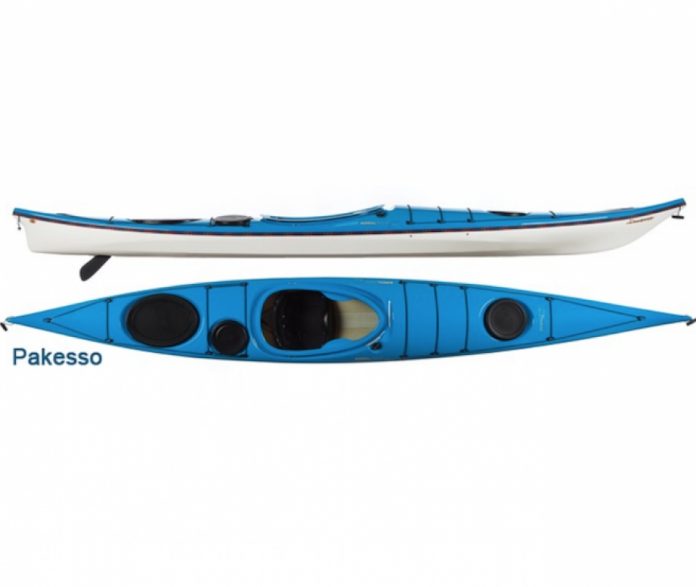
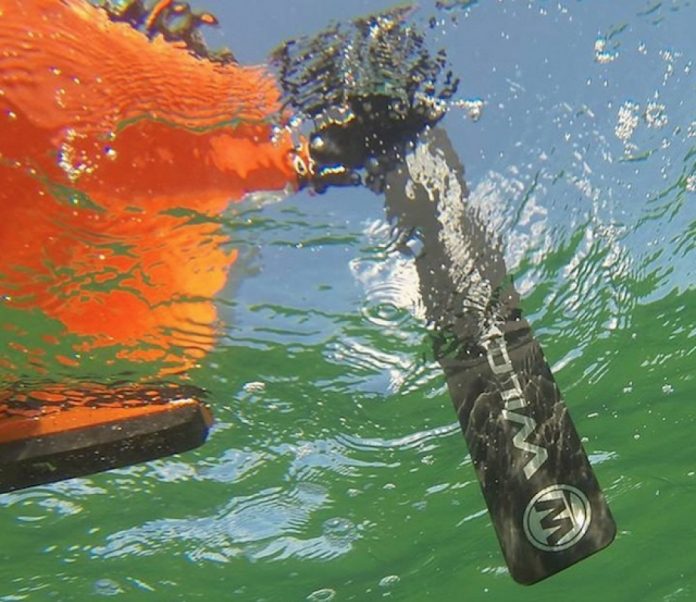

 This article first appeared in the Summer 2002 issue of Canoeroots Magazine. For more great content, subscribe to Canoeroots’ print and digital editions
This article first appeared in the Summer 2002 issue of Canoeroots Magazine. For more great content, subscribe to Canoeroots’ print and digital editions 